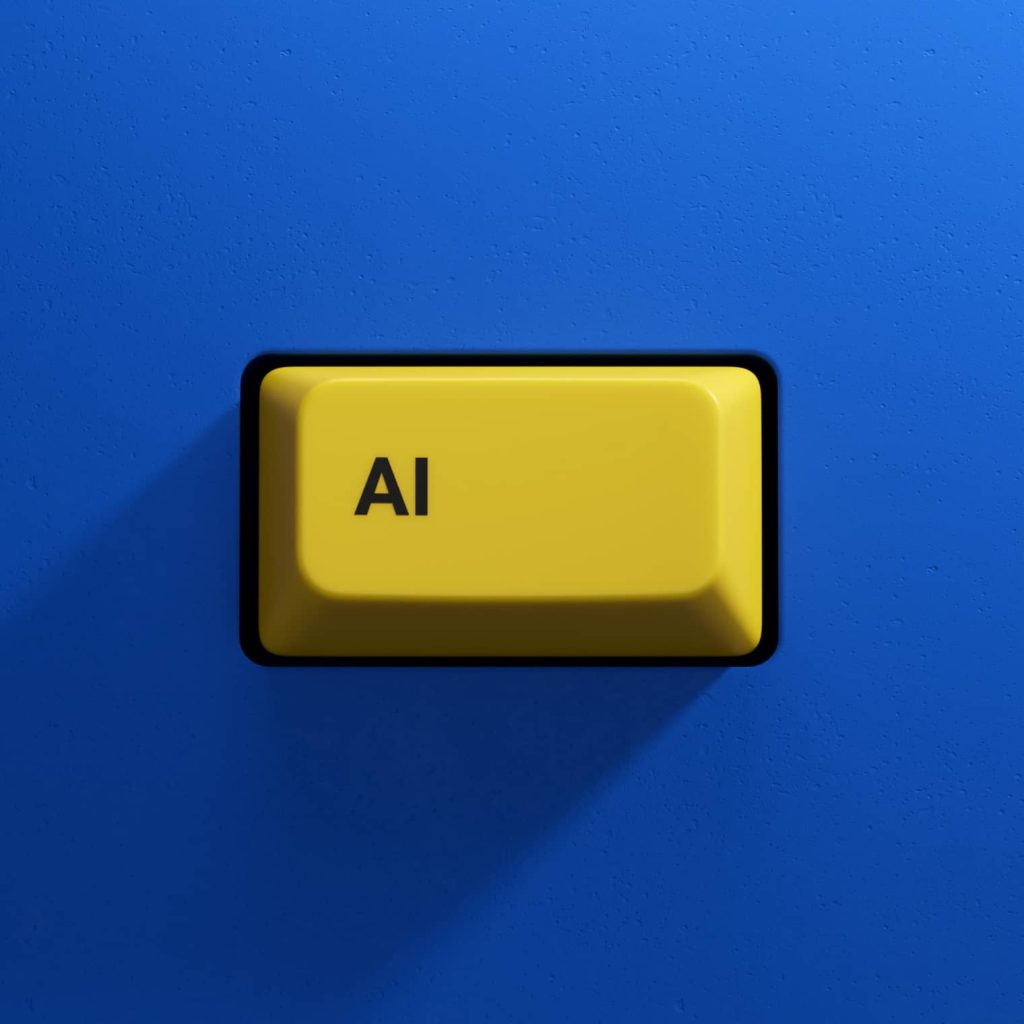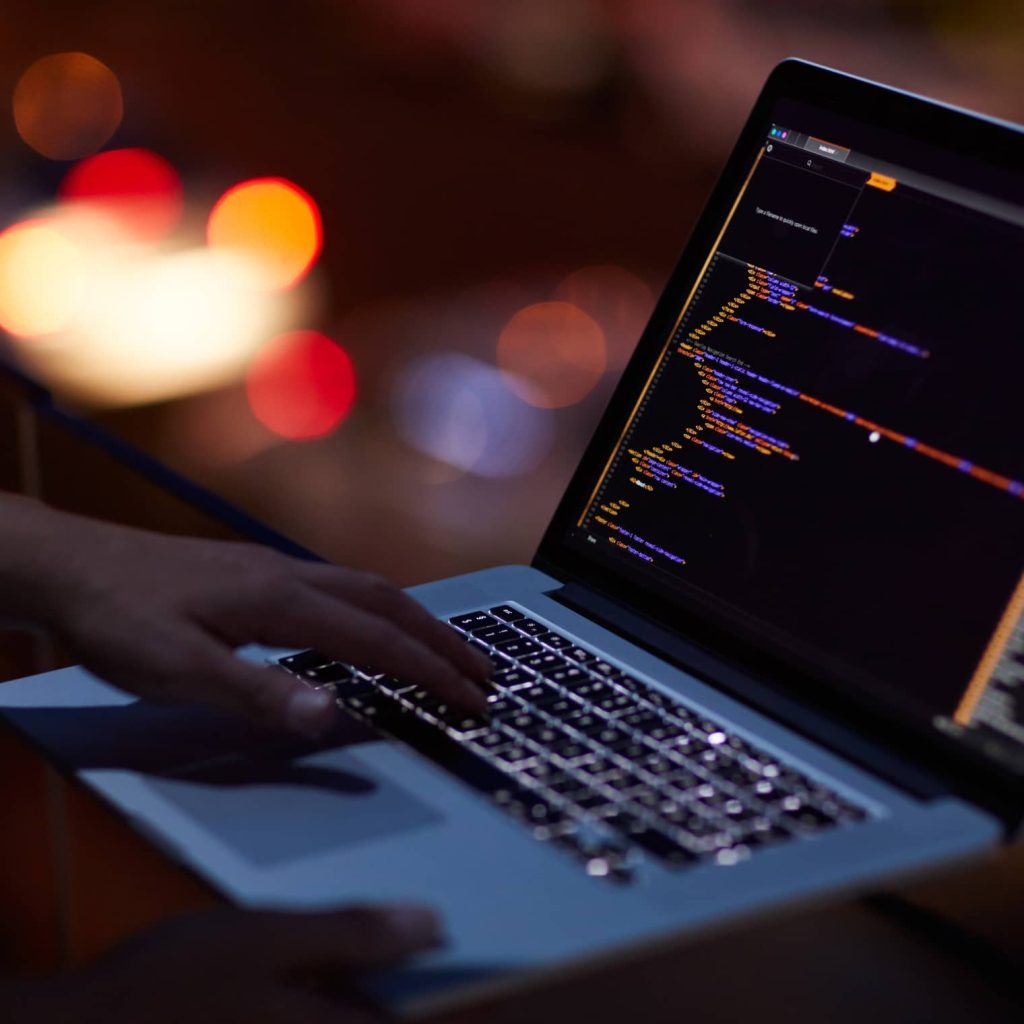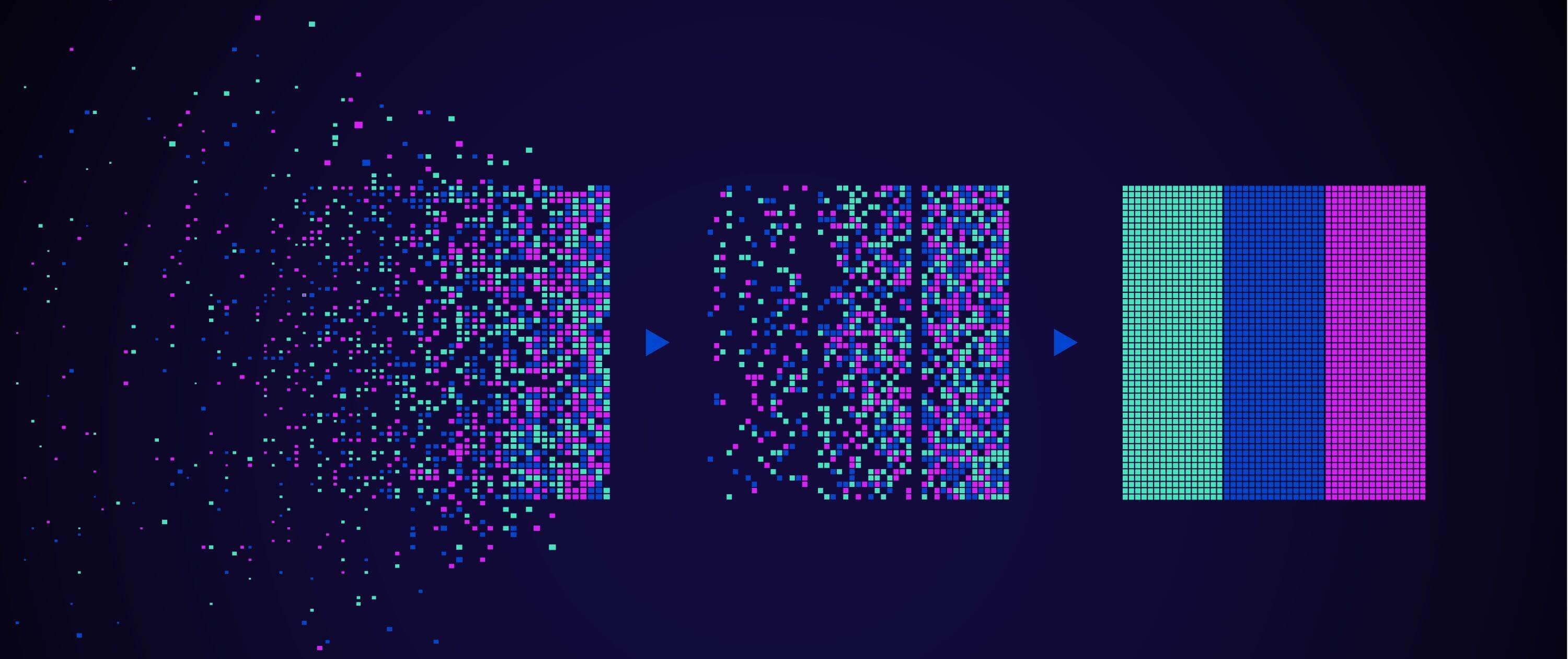In an increasingly digitised world, cyber-attacks are growing in volume, becoming much more complex. With more businesses using the internet for their own advantages, cybercriminals are looking for ways to penetrate your security defences. In 2020, nearly a quarter (23%) of global organisations have experienced seven or more cyberattacks, and such attacks have multiple negative impacts on the business.
To help businesses with their online security, we have created a guide highlighting how artificial intelligence in cyber security is changing how businesses operate and protect themselves.
AI provides instant insights to connect the dots between threats much more easily, reducing response times and making a business’s security more compliant. On the other hand, machine learning is an algorithm capable of recognising patterns in fresh data so that the machine can learn from experience.
Through AI, machine learning and cyber threat intelligence, businesses can respond to threats with improved confidence and increased speed. Here are the three key reasons for using Machine Learning and Artificial intelligence in cyber security.
1. Automated detection
AI has led to smarter automated security measures, and with the help of machine learning, AI software can detect threats and correlate potential risks without being prompted. This detection level means the monotony of detecting threats is not led by a human, meaning fewer human-errors (more on this later).
Thanks to machine learning, AI can learn and adapt through experience; it can learn through patterns and experience, rather than cause and effect. Nowadays, machine learning allows machines to teach themselves. In case the AI algorithm detects a user’s unusual activity or behaviour, which expand beyond a standard pattern, it can identify such actions as suspicious and require authentication or even block a user. This means they can build models for pattern recognition, rather than relying on humans to build them.
AI is trained to consume large quantities of data, such as blogs and news stories, meaning it has a greater understanding of cybersecurity threats. From there, Artificial Intelligence in cyber security uses reasoning to identify threats (strange files, suspicious addresses, etc.) before launching a response to a legitimate threat.
2. Error-free cyber security
How many times have you forgotten your password? Do you use drafts in your phone to remember it or use the same password for several different accounts? Such methods of password protection are not safe and pose a considerable security risk. Thus, biometric verification powered by AI proves to be a more secure alternative to passwords. For instance, Apple’s Face ID, a recognition technology, continuously learns to recognise only your face and adapts to your appearance changes like wearing makeup or growing facial hair.
Artificial intelligence and machine learning play a significant role in detecting and preventing phishing attacks. 97% of Internet users can be misguided by a sophisticated phishing email, and an average phishing attack can result in around $1.6 million loss. The AI and machine learning algorithm scans active phishing sources and notify your system so it can defend itself. Moreover, the algorithm can identify whether the website a letter is linked to is fake and automatically moves it to spam.
As previously mentioned, AI and machine learning reduce the risk of human error. Humans can tire and be subjected to boredom when performing a monotonous task; AI does not. Security teams struggle to perform under the weight of all the data needed to assess the risks, but AI can quickly discern all the threatening factors. However, AI and human intelligence need to work together. Plus, human experts provide common sense that machines do not, and still do a better job when it comes to deciding which actions to take.
3. Faster response times
With an overwhelming amount of data to trawl through, it is no wonder that it takes longer for humans to go through and distinguish threats and risks. AI is a powerful tool. Like other tools, it amplifies the work that people do. AI processes vast amounts of unstructured information into a coherent whole, resulting in greater efficiency and insights.
What’s more, machine learning means AI can learn patterns much more quickly than humans. This accelerates response time, making it easier and faster to stop threats before my cause issues. For instance, IBM is now applying AI and cognitive technologies to the cyber security space, to allow organisations to identify threats faster and respond to them more efficiently.
Watson for Cyber Security has injected over 2 billion documents in the corpus and adds thousands more every day. It allowed shortening the time to analyze an incident from hours to minutes, greatly accelerating mitigation and reducing the impact on the organisation.
Be ahead of the game.
It's hard work to keep a business secure, especially when cybercrime becomes a business itself with more and more professional hacking organizations emerging.
"Today, attacking is much easier than defending. We, the security professionals, collect tons of data, review thousands of alerts", says Iurii Garasym, the Director of Corporate Security at ELEKS.
"The fact is, you can’t engage more people to deal with all this. The alarm fatigue is a real problem nowadays for Security Operation Centers. When you are exposed to a large number of frequent alerts, you consequently become desensitized to them. Desensitization can lead to longer response times or important alarms missed. This is where Artificial Intelligence and Machine Learning come into play."
The approach to protecting the organization and its assets should be complex, involving people, process and technology. Just to mention, algorithms, machine learning, and AI are already on our side, but it still takes 100+ days on average to discover a breach. Meaning, the focus is not correct, so far.
The easiest way to keep your business secure is to be ahead of the game. While traditional cyber security measures are still needed and prove useful, cybercrime is evolving and becoming more prevalent in such a digitalised climate.
Be sure to contact us for any advice and guidance. Our team of security professionals can audit the security of your business and offer services that’ll improve your business’s security infrastructure.
Related Insights


















